Continued Fragmentation of the Streaming Ecosystem Causing Chaos, Frustration for Consumers6/23/2021
“As the country continues to emerge and adjust to post-pandemic life, it is evident that the growth and disruption of the streaming revolution continues at pace, according to a recent Horowitz Research survey of content viewers nationwide. The data show that streaming now supplants MVPD services in penetration and is closing in on time spent by viewers.
Along with dominance comes accountability. Consumers are feeling the pain of chaos (too many streaming services) and fatigue as content is unpredictably fragmented across numerous, access-restricted streams.” Source: Horowitz Research See the research summary here. Leadership diversity becoming more important for small business owners. Check out this powerful article from Puget Sound Business Journal. #diversity #diversityandinclusion #smallbusiness
June is #pridemonth. Check out this fascinating digital series from Colorlines. It highlights the contributions of a diverse range of cultural and artistic icons - from Frida Kahlo to James Baldwin to Gladys Bentley.
There Is No Culture Without LGBTQIA+ Pride | Colorlines Last week, a group of leading Asian American executives launched the Asian American Foundation, an organization aimed at increasing opportunities for Asian Americans and Pacific Islanders (AAPI) and putting a stop to anti-AAPI violence and discrimination. The foundation’s board pledged $125 million—the biggest philanthropic commitment ever made in support of AAPI groups and causes—and a range of partners (including McKinsey) together pledged another $125 million. A 2019 McKinsey analysis showed that Asian leaders made up just 3 percent of Fortune 500 CEOs—half the Asian American share of the US population. To advance workplace equity, organizations should start by tracking representation along the promotion pipeline, identifying where there are drop-offs, and asking why those drop-offs are occurring. Experiences can vary significantly across subgroups—which means collecting disaggregated data can yield important insights. Source: McKinsey & Co, May 12, 2021 #stopasianhate An inaugural group of leading national CEOs and organizations from across business, nonprofit, philanthropy, and academia have come together to combat the racial wealth gap with the launch of NinetyToZero. Driven by the goal to transform the economic landscape that has led to a 90% racial wealth gap between white and Black Americans,
NinetyToZero seeks to bring deliberate, collective action to counteract centuries of discrimination, segregation, and financial exploitation -- so that all Americans have the opportunity to thrive. Closing the racial wealth gap could increase the U.S. GDP by $1.5 trillion in the next 10 years. Source: NinetyToZero You can view the announcement here: https://tinyurl.com/nt2mczy8 #blackwealth #blackbusinessmatters Violence and hate speech against Asians and Asian Americans have increased sharply since the start of the coronavirus pandemic, but unfortunately the United States has a long history of marginalizing and othering people of Asian descent.
The insightful and though-provoking documentary series Asian Americans was first presented in 2020. In light of recent events, PBS is now streaming all episodes for free. https://www.pbs.org/show/asian-americans/ #stopasianhate Celebrate #BlackHistoryMonth - discover new perspectives and deepen your knowledge by checking out Comcast NBCUniversal's Voices of the Civil Rights Movement platform. Launched in 2013 to commemorate the 50th anniversary of the March on Washington, today the project presents more than 17 hours of gripping firsthand accounts, historical moments and stories submitted by the public .https://voicesofthecivilrightsmovement.com/
In honor of #BlackHistoryMonth, let’s celebrate the innovations of America’s Black #entrepreneurs. This PBS series, first aired in 2019, highlights the achievements of inventors, business builders and executives of African descent. You can stream many episodes now at https://lnkd.in/gdFP2ac
When I first wrote about Pop Up stores in 2009, I noted these temporary brick & mortar locations as responses to important market trends - widespread recession driven retail vacancies and the launch of unique fashion brands such as Gucci sneakers and Rachel Roy.
Nearly eight years later, as more shopping increasingly takes place online - at Amazon.com, Walmart.com or the virtual world of your favorite mall-based retailer - Pop Up stores are providing shoppers and brands with important opportunities to connect.
Some thoughts for marketers:
|
Author
Cheryl A. Seraile is a Full Stack Marketing & Strategy Leader, with a passion for uncovering new trends and insights about consumers, demographics, culture and the world. Categories
All
|
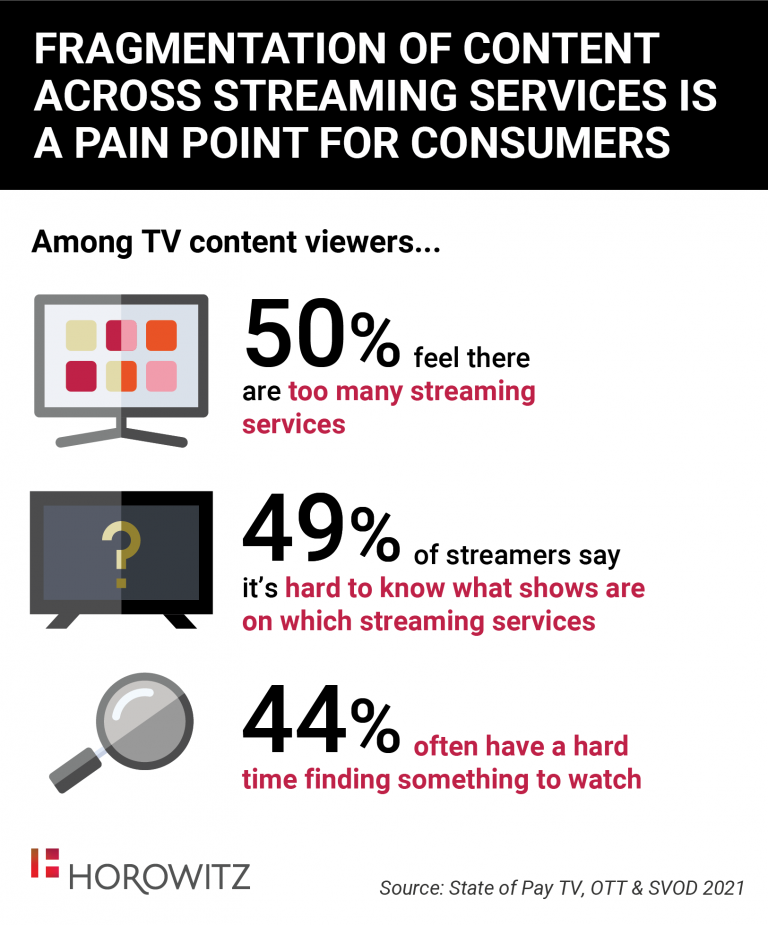
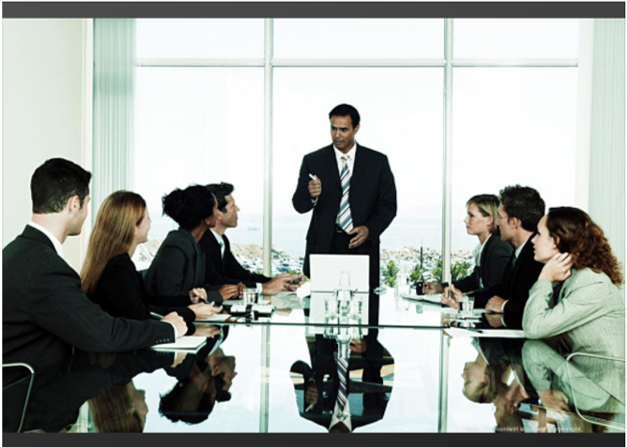
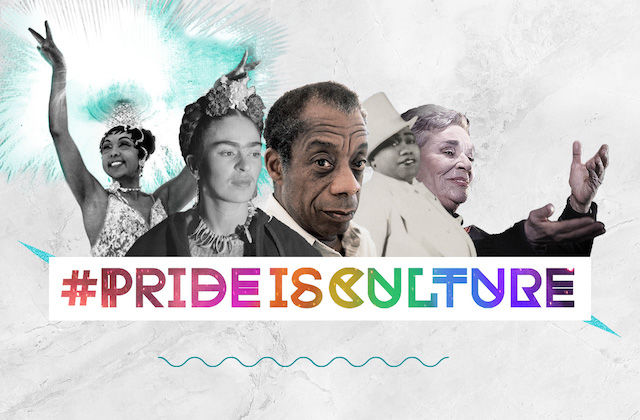
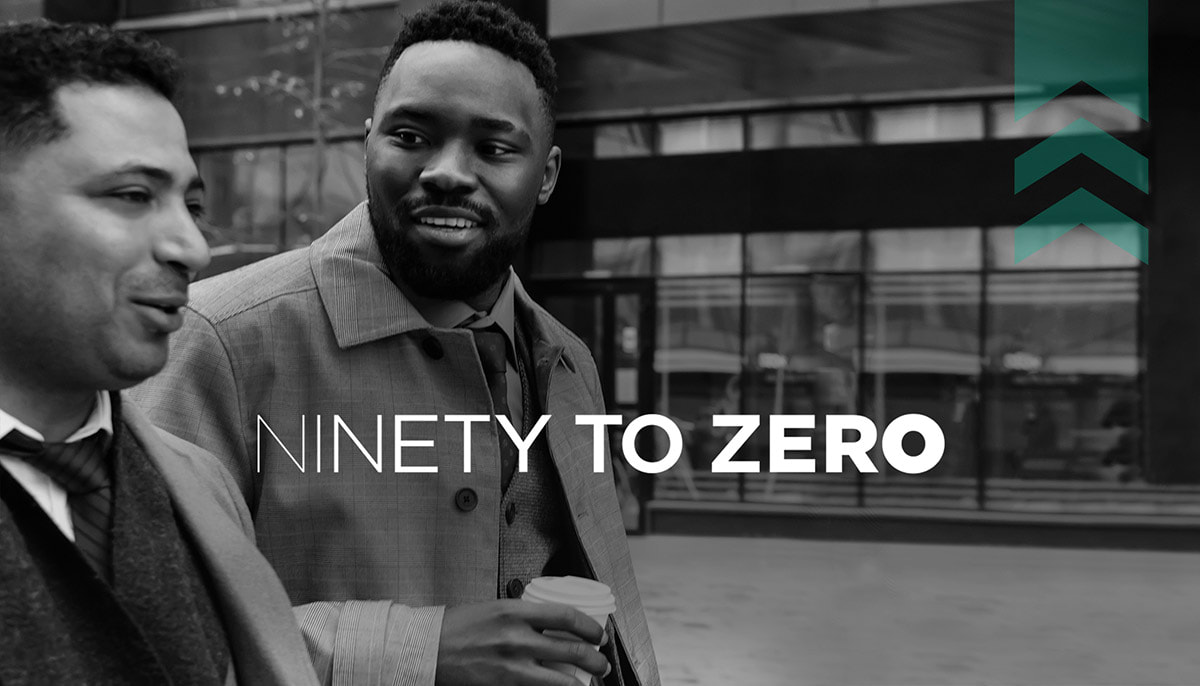
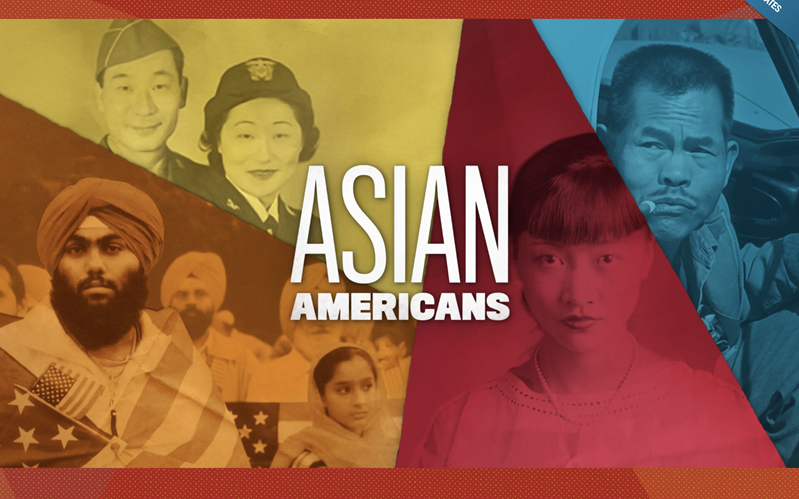
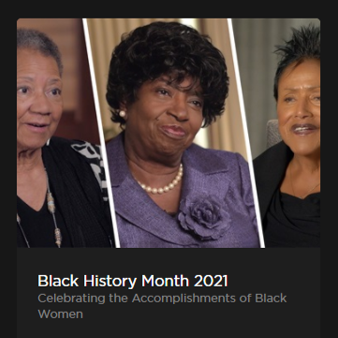
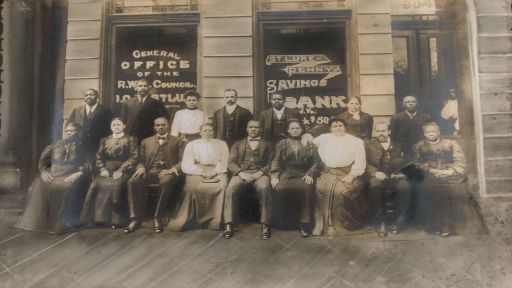
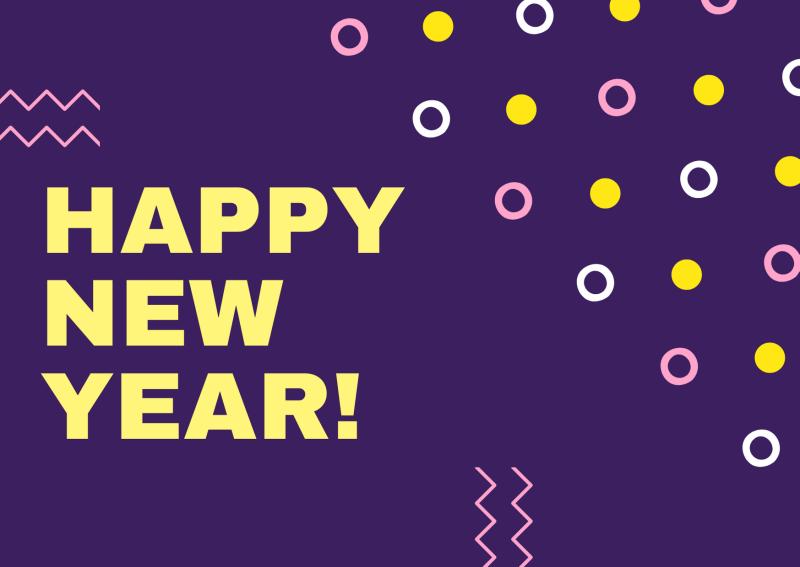
 RSS Feed
RSS Feed